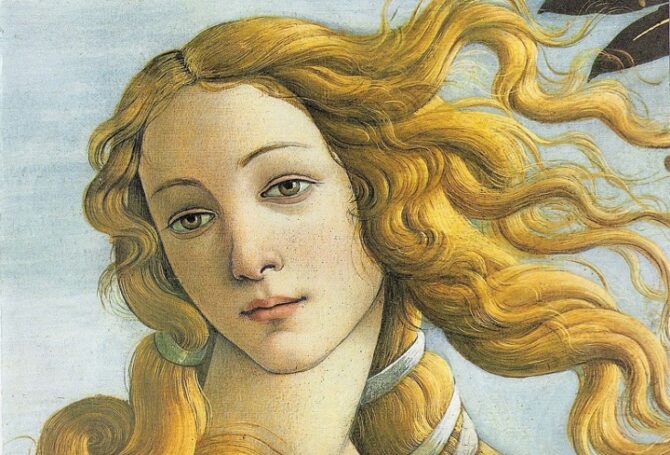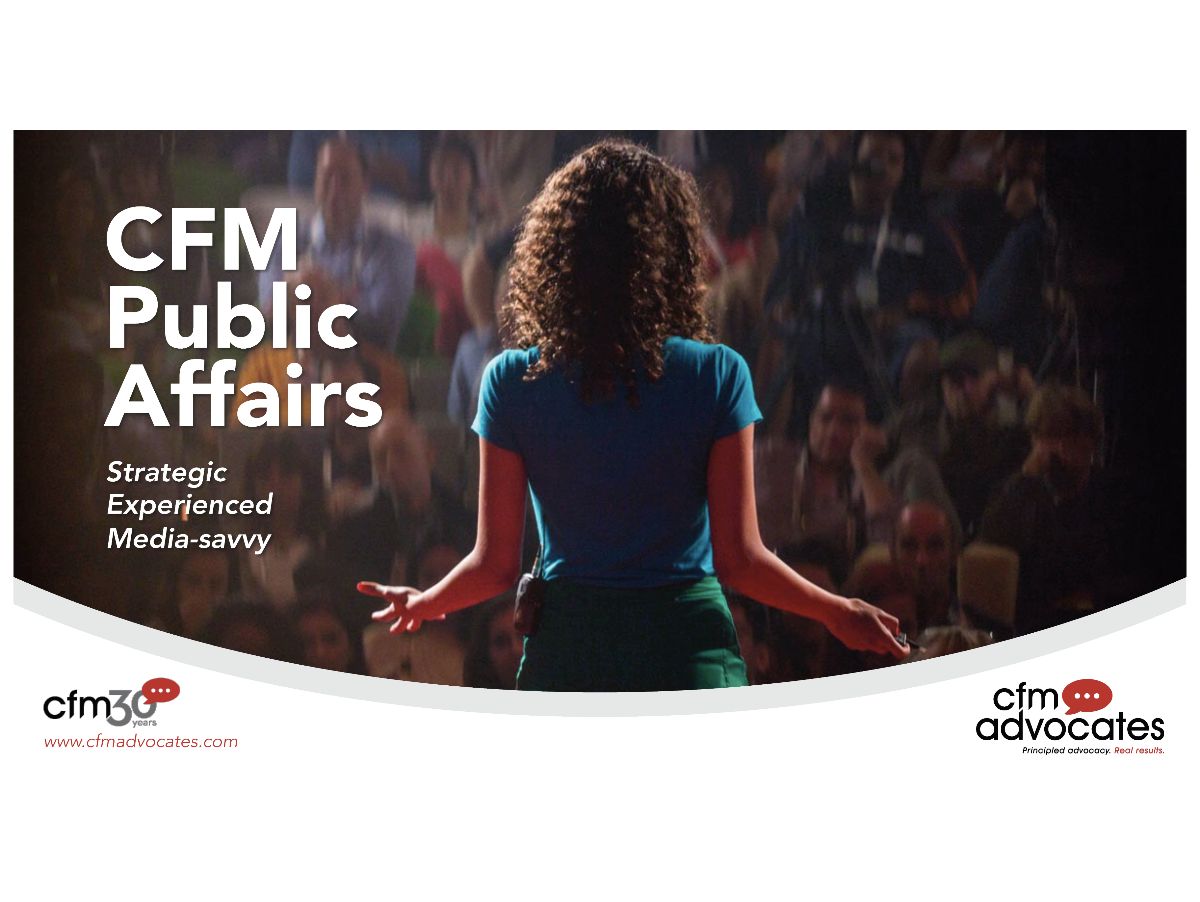
Failed Campaign Featured More Flash Than Substanc and Homework
How could a $10 million Italian tourist marketing campaign featuring Botticelli’s The Birth of Venus, images of luscious red wine, a flashy website and the title of ‘wonder’ go awry? It’s a cautionary tale about the importance of attending to details and doing your homework.
 Here’s what went wrong. Venus appeared in the campaign as a computerized Renaissance “Barbie” influencer. The featured winery turned out to be in Slovenia. Someone forgot to tie down the website URL, which was snatched up by a rival marketing team. And the German version of the website translated the city of Brandisi as ‘Toast’. Not exactly perfecto.
Here’s what went wrong. Venus appeared in the campaign as a computerized Renaissance “Barbie” influencer. The featured winery turned out to be in Slovenia. Someone forgot to tie down the website URL, which was snatched up by a rival marketing team. And the German version of the website translated the city of Brandisi as ‘Toast’. Not exactly perfecto.
The campaign’s title, “Open to Meraviglia”, earned sneers from online critics and government officials. One official said simply “Italia Meraviglia” would have done the trick.
Not only did the marketing team get sloppy with details, it careened off course with the basic campaign concept. It’s a classic flaw of falling in love with a creative concept before it’s tested with focus groups. It would have been better to learn Venus Barbie was a remarkably bad idea in a small focus group rather than from heaps of online criticism.
If a viewer could notice a non-Italian wine label, an editor on the marketing team should have discovered it, too, by doublechecking images for authenticity. A manager should have confirmed website URL registration. Someone in charge of translation should have looked for anomalies, especially when it comes to names.
Basic Marketing Campaign Rules
Marketing campaigns, regardless of size or reach, are serious undertakings. They cost money. They put reputations on the line. They are expected to produce cashable results, not attract barbs and ridicule.
The best campaigns often don’t start with a flashy idea. They start by framing the challenge they are intended to address. The point of the campaign is to increase Italian tourism. However, the marketing team needs to dig deeper to discover what tourists are the campaign’s targets.
Focus groups and other research techniques would allow marketers (and their clients) to learn why tourists visit Italy, how they plan their trips and what would encourage them to come more often and stay longer. Research also can explore why some tourists skip Italy and visit other countries. This insight provides a foundation for building a campaign strategy with a clear objective.
On my very first trip to Italy several decades ago, I found myself in the center of Florence. At a local restaurant for lunch, I asked my waiter why there weren’t any non-Italian restaurants. His answer was a marketing masterpiece: “Why would you want to eat anything but Italian.”
Substance Over Flash
If a Florentine waiter could come up with a gem like that, why did a marketing firm get off track with Venus Barbie? One of the biggest mistakes made by marketers is thinking flash can substitute for substance. When you have a quality product, the secret is letting the quality speak for itself.
 Stanley Tucci’s series Searching for Italy provides a good example of a sustained concept. Relying on his own Italian heritage as guide, Tucci treats his viewers to a road trip through Italy’s diverse regions and cuisines. There aren’t fancy gimmicks, except Tucci driving red Italian sportscars, just Tucci in kitchens and over grills sampling local favorites centered on local bounty and tradition. It’s mouthwatering to watch. It reinforces one of the main reasons tourists go to Italy – to eat great food.
Stanley Tucci’s series Searching for Italy provides a good example of a sustained concept. Relying on his own Italian heritage as guide, Tucci treats his viewers to a road trip through Italy’s diverse regions and cuisines. There aren’t fancy gimmicks, except Tucci driving red Italian sportscars, just Tucci in kitchens and over grills sampling local favorites centered on local bounty and tradition. It’s mouthwatering to watch. It reinforces one of the main reasons tourists go to Italy – to eat great food.
How to Market Surplus
Marketing surplus can be more challenging than marketing a unique single product. People visit Italy for many reasons – history, culture, fashion and food. Different tourists gorge on different delights. A marketing campaign may need to divide to conquer. The draw to the shores of Lake Como and Sicily are different, but both part of a common experience. It suggests a campaign designed to showcase the range of attractions Italy offers.
As a frequent traveler to Italy, there are lots of reasons to visit. Those reasons vary by how people get to and travel around Italy. Tours groups have different aspirations than couples who plant themselves in paradises like Portofino or Positano. Tourists who flock to Rome to shop at luxury brand stores have a different motivation than tourists who walk around the ruins of Pompeii. That suggests a campaign centered on diverse experiences, all of which are okay and fulfilling.
Unexplored Corner of Tourism
The United States is knotted up over its history and democratic legacy. A trip to Greece and Italy would be curative. Democratic ideals were explored by Greek and Roman philosophers and, more to the point, put into motion in pre-Christian human settlements throughout the Mediterranean community. A democracy tour could be highly informative.
The traveler who includes a few days in Florence and perseveres to get a ticket to see The Birth of Venus at the Uffizi Gallery in Florence is a special type of traveler. (My first visit was cancelled because of a national bankers strike.)
Suddenly, visiting Michelangelo’s David has become a point of controversy for some Americans. A Florida educator was fired after posting a picture of herself in front of the iconic sculpture. This is ironic because the birth of the Renaissance flowered in Florence. It was the Renaissance that retired the Dark Ages and ushered in an era where thought was celebrated. It also was in Florence that Galileo unsettled the world by concluding the earth circled the sun. This is a history tour that can impress almost anyone.
Marketing surplus can be more challenging than marketing a unique single product.
 Marketing Italy
Marketing Italy
If there is a challenge to marketing Italy, it’s too many choices to feature in a single campaign. Or does it? From antiquity to contemporaneity, Italy has it all. See the ruins and trace the roots of modern civilization. Follow the footsteps of giants who were ingenious, resourceful and ultimately pathfinders for art, culture and food. Indulge in modern-day luxuries.
Showcase it. Make it accessible. Send an invitation. Offer a free pizza, And leave Venus in her shell.




